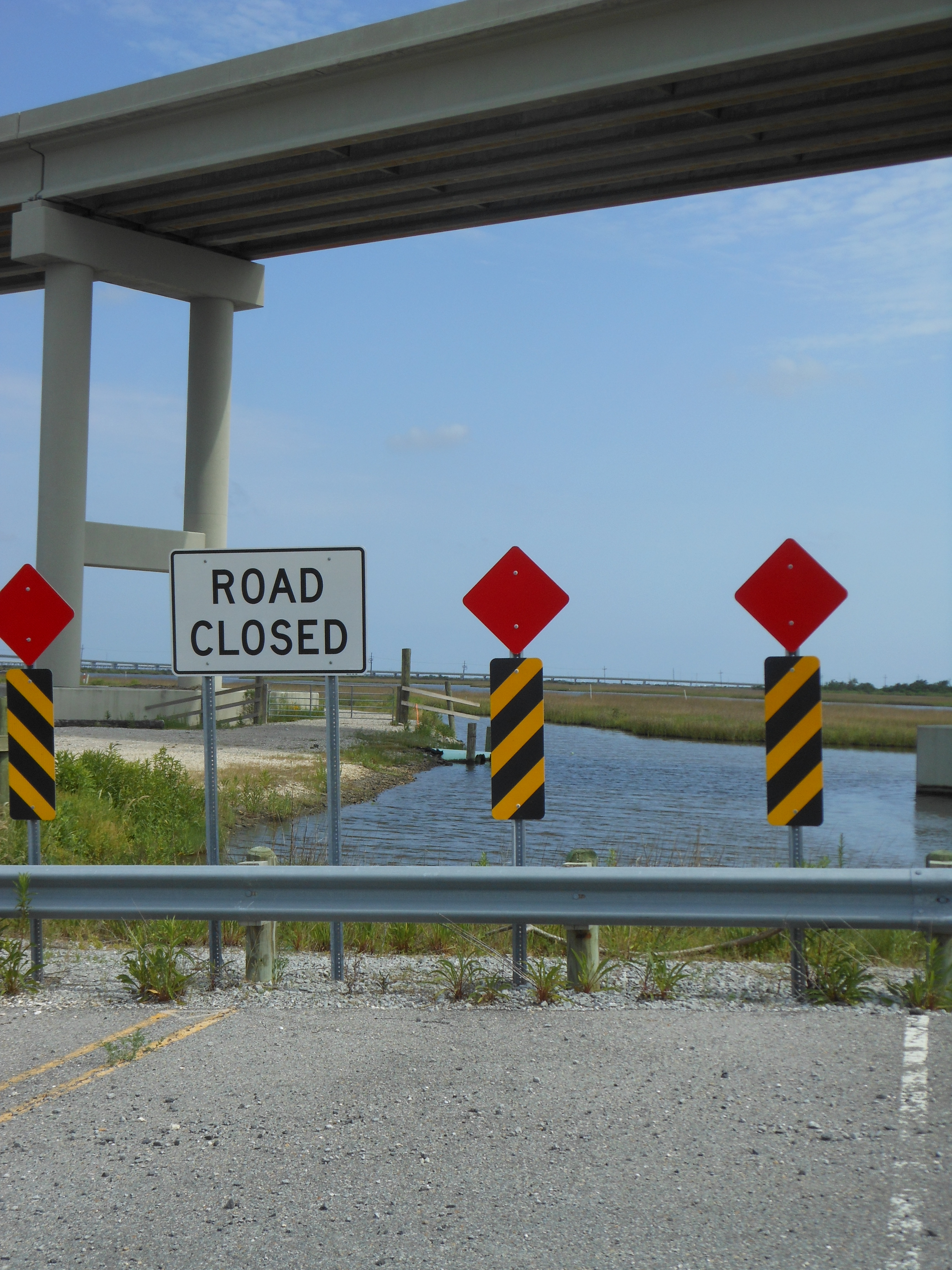New study using optical dating to measure how fast the Mississippi Delta is moving suggests plans for Mississippi River diversions will produce new land, but more slowly than shoreline is lost.
For thousands of years the Mississippi River Delta was formed as the mighty river deposited sediment from 31 states and 2 Canadian provinces eventually stretching across around 7,000 square miles. Today, the RESTORE project reports that the delta and coastal Louisiana are disappearing at a rate equal to a football field of wetlands vanishing into open water every 100 minutes. The loss of land can be attributed to several factors including leveeing of the Mississippi River, damage caused by shipping channels and canals, subsidence and sea level rise.

In the Louisiana’s 2017 Coastal Master Plan, 17 projects have been identified to help restore the region and avoid a loss of an additional 2,250 square miles of land over the next 50 years. Many believe that the best solution to sustaining portions of the Mississippi Delta may be river diversions that bring sediment to shrinking coastlines. A new study by a team of international researchers, however, concludes that the rate of land-building will likely be dwarfed by the rate of wetland loss.
"Scientists studied how fast the Mississippi River Delta grew each year before people inhabited the area and began changing the environment," said Justin Lawrence, a program director in the National Science Foundation's Division of Earth Sciences, which funded the project. "The researchers then compared that information with observations of how fast the delta is shrinking in modern times, and the results are striking. The findings will inform coastal policy and management in this low-lying U.S. region." Additional funding was provided by the Coastal Protection and Restoration Authority of Louisiana.
In the study published in the journal Science Advances, researchers at Tulane University, Coastal Carolina University, the UK’s University of Liverpool and Wageningen University in The Netherlands, used optical dating to measure how fast the delta shoreline migrated seaward under natural conditions.
"Optical dating determines when sediment grains were deposited by measuring their last exposure to daylight," said Elizabeth Chamberlain of Vanderbilt University, the paper's lead author. "This method allowed us to date the shoreline of the Lafourche lobe of the central Mississippi Delta."
Prior to human influence, the delta grew at a rate of 2 to 3 square miles per year. But over the past century, the rate of land loss in coastal Louisiana has averaged 15 to 20 square miles per year.
 How much has the Mississippi Delta changed over time, and what might it look like in the future? Credit: Wikimedia
How much has the Mississippi Delta changed over time, and what might it look like in the future? Credit: Wikimedia
Geologist Torbjörn Törnqvist of Tulane University, a co-author of the study, said that given accelerating rates of sea level rise, losses will likely continue long into the future, and that even the best-designed river diversions won't be able to prevent more land loss. "Therefore, difficult choices will have to be made about where to locate these diversions."
The only viable option, Törnqvist believes, is to position river diversions in areas that have the greatest potential to build land and protect the largest population centers, as opposed to placing multiple diversions along the entire shoreline.





